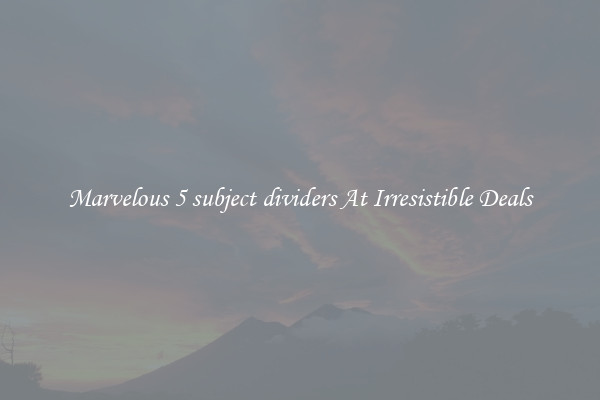Wholesale waveform frequency Ensuring Low Distortion Output Signal
Wholesale waveform frequency Ensuring Low Distortion Output Signal

In the field of electronics and signal processing, waveform frequency plays a critical role in ensuring the quality and accuracy of an output signal. A waveform is a representation of a signal's shape, typically graphed as a waveform showing the amplitude of the signal over time. Distortion occurs when the output signal deviates from its original form, resulting in signal degradation and loss of fidelity. Wholesale waveform frequency refers to the broad range of frequencies that are considered when designing electronic devices or systems, with the goal of minimizing distortion and maintaining a high-quality output signal.
To ensure a low distortion output signal, it is vital to consider the wholesale waveform frequency range during the design and manufacturing process. This range typically includes frequencies from audio frequencies in the kilohertz (kHz) to radio frequencies in the megahertz (MHz) and even gigahertz (GHz) range, depending on the intended application. By considering a wide range of frequencies, designers can account for variations and harmonics that may arise in the original signal and optimize performance accordingly.
One approach to ensuring a low distortion output signal is to implement advanced filtering techniques. These techniques involve using electrical components such as capacitors, inductors, and resistors to attenuate unwanted frequencies and harmonics. By carefully selecting component values and designing filters with appropriate cutoff frequencies, designers can target specific frequency ranges for maximum distortion reduction.
Another important consideration in minimizing distortion is the use of high-quality components and materials. For example, using high-performance audio amplifiers and speakers can significantly enhance audio signal reproduction, preventing distortion and preserving the original waveform. Similarly, selecting high-grade electronic components with low inherent distortion characteristics can ensure a cleaner and more accurate output signal.
Furthermore, careful attention must be paid to the design of printed circuit boards (PCBs) and the layout of circuit traces. PCB design plays a significant role in minimizing unwanted noise and interference that can lead to distortion. By employing proper grounding and shielding techniques, designers can reduce electromagnetic interference (EMI) and maintain signal integrity.
In conclusion, wholesale waveform frequency is a crucial consideration in ensuring a low distortion output signal. By considering a broad range of frequencies and implementing advanced filtering techniques, designers can attenuate unwanted frequencies and harmonics, optimizing performance. The use of high-quality components and materials, along with meticulous PCB design, further contributes to accurate signal reproduction. By prioritizing low distortion output signals, electronics manufacturers can deliver high-fidelity audio, data, and other types of signals to their customers.

View details

View details

View details

View details








